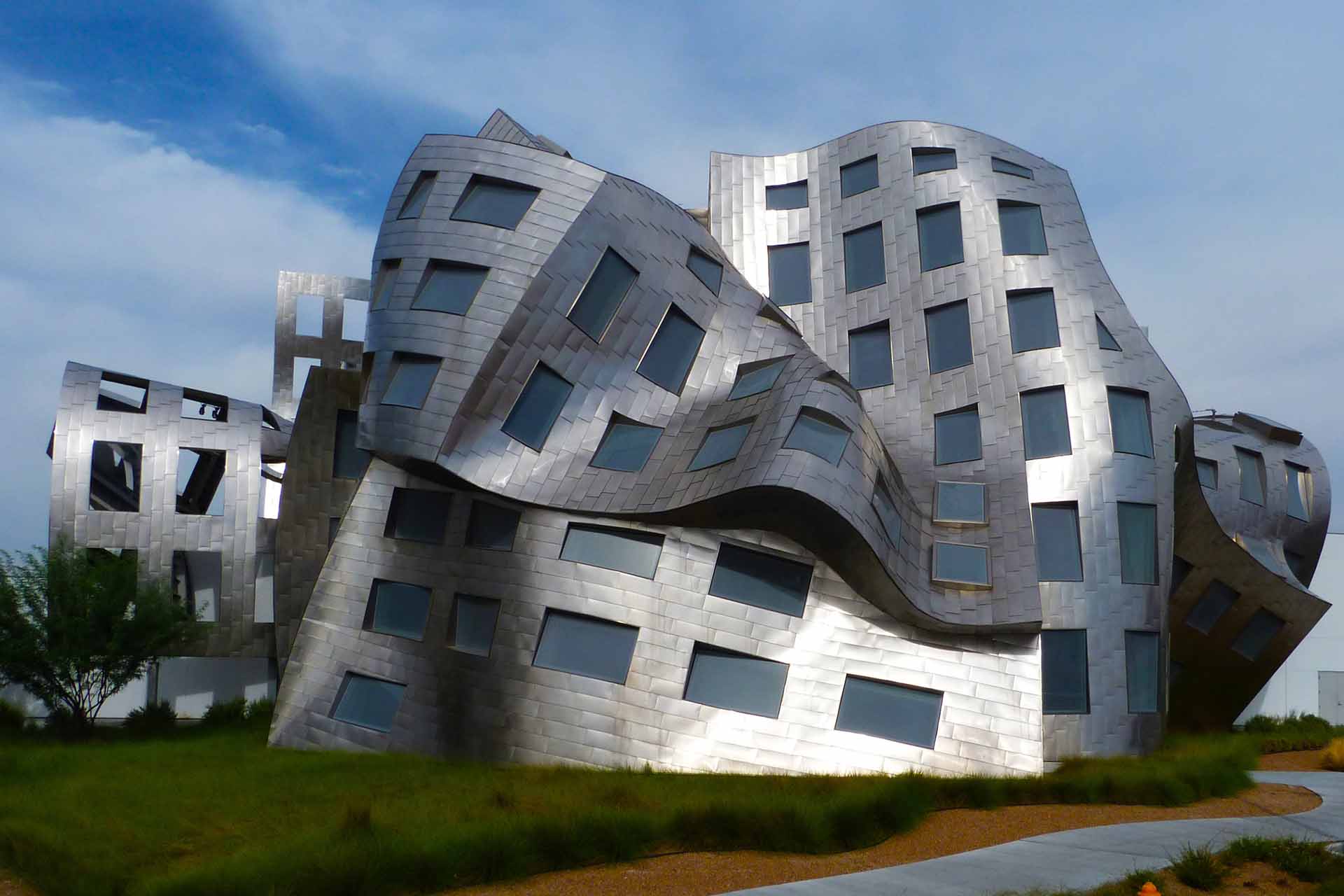Feng Shui in project management
Expand the table of contents
Feng Shui in project management? Sounds crazy, right? But it’s not. It’s not about esotericism, but about using old, existing knowledge in our modern times. It’s about the courage to break new ground in projects, where people like to discuss methods, in the assumption that they will lead us to our goals.
Feng Shui in project management follows a different approach. It creates new connections and harmonisation. This affects all areas, all external, virtual and internal spaces in the project, and all people involved. The effect is grandiose and I am aware that it is unimaginable for most of you!
The stagnation in the project
Imagine your project as a road you are driving on. Many smaller roads – sub-projects, trades, individual processes – lead to this road. You see the junction into a tunnel and suddenly you are stuck in a traffic jam. Nobody knows exactly why. Nobody sees what is in the way, but everyone knows that the project is at a standstill! It can’t go on!
This is a situation that often happens in large projects. A faltering, in which nobody really knows why the project cannot go on and what solution is available to clear the “blocked tunnel”. At such STOP-points I start with Feng Shui, the Chinese teaching of harmonious living and living space design with the aim of harmonising people with their environment.
The procedure Feng Shui
I am happy to describe my approach in order to illustrate the comprehensive effect of Feng Shui. A large project in the IT environment serves as an example. Completion date and productive start are at risk. In such moments the pressure on the project manager and the involved management increases massively, because often millions of Euros and hoped-for follow-up orders depend on the implementation. Often reasons and sometimes simply culprits are sought to explain and justify the NOT-success. We all know that this behaviour does not advance any planned project. In such critical situations I am assigned as an expert in project management to show new ways with a fresh view from outside and professional expertise.
The determination of the status quo
In a first step I get a description of the project and outline the results:
- Project goal
- Project organisation with project and programme managers, steering group, sub-project managers, project teams, other project participants and those affected
- Sub-projects / trades with their respective status
- Project phases and milestones
- Known and feared risks in the project
- External factors affecting the project
- Availability of resources
- Budget status
- Flash light on all stakeholders in the project: project manager, sub-project management, project team, client / contractor side, investors, other persons with influence in the companies affected by the project
The first day we are busy with this procedure and I receive important information which is already known to the project manager as well as further insights which become transparent through in-depth questions and in exchange. The results of the first day are the basis on which I start with Feng Shui. For this purpose, I retire to my office, take one or two days and switch off all possible disturbances (no telephone, no e-mails etc.). I present the determined information on a flipchart as a schematic overview and look at each area in depth.
Virtual project rooms
Now I’ll move on to the second step: I “enter” every single virtual area and look at sub-projects, phases and participants in these “virtual” project spaces. Up to this point I can encourage you to do exactly that yourself:
- Survey and analysis
- Schematic diagram
- Enter all virtual project rooms and see what you find there
You will see that this takes time and a lot of attention and concentration, but the project will reveal itself to you from a new side and in a deeper way. They will recognise topics and connections you did not see before!
Dissolve blockades in projects
After that I go of course further and one level deeper into the project, here I use techniques of energetic Feng Shui, which I have developed especially for project management. In the deepening examination of all areas, it shows me where blockages lie and what the project needs to continue! Here lies enormous potential: I recognise the blockages and dissolve them. Afterwards I anchor and strengthen the energies that are necessary for the project to continue! In this way I go through all areas of the project again and again until everything is in a good energy flow! Depending on the extent, this process takes 1-2 days and the effect extends over the following weeks and months.
The release of blockages or the strengthening of helpful energies is difficult to understand, as every situation is individual and there is usually a combination of different effects and necessary measures to be implemented. When blockages have been dissolved, a solution may emerge that was previously not apparent to anyone. Here are some examples:
- An urgently needed and delayed material delivery can be procured by another means, the completion date can thus be met.
- Hitherto hidden conflicts of relevant project participants (developers/stakeholders) become apparent, which could lead to a clarification, only then can the implementation be continued professionally.
- Required decisions of the approval authorities are issued more quickly, so that the planned implementation dates can be met.
- In a large IT project, a miscalculation of the required terminal servers has occurred, this becomes clear just in time, so that a crisis situation can be prevented before the productive start.
- The works council, which wanted to stop the project, becomes willing to talk and shows itself solution-oriented.
- Stakeholders recognise and understand that the implementation cannot be achieved within the set time frame without additional resources.
Each example shows only one facet of possibilities and does not really meet all the changes that Feng Shui in project management can bring about. In individual cases you could say “This or that might have happened anyway, what does this have to do with Feng Shui?” But remember: If the problem and solution had been so clear from the beginning, there would have been no reason for my involvement. The solutions and changes that result from Feng Shui therefore remain in the realm of what the mind cannot understand with our habitual thinking. This is why Feng Shui is different in project management. You have to experience it yourself! I note down all measures that are derived from this work and show as necessary changes for the following discussion with the client.
Deriving steps
A third step closes the circle of my work with Feng Shui in project management. In a joint meeting we go through all the results and necessary measures that have resulted and shown from my work. Steps for change are derived and decided. The implementation is done by the project manager in close coordination with the management. My client, the project team and the people involved usually notice positive changes in the project very quickly as soon as I start my work. Because the path to the project goal is easier if everything is in good flow and the tunnel has been cleared.
Conclusion
Feng Shui in project management is an intensive work in three steps, with which stagnating projects can be implemented more easily, regardless of the type of project. It is all about the courage to break new ground and solve blockades! Every project manager knows blockades in projects, even if he might describe them differently. Blockades are points at which you struggle because you only encounter resistance and you simply can’t go on. In such phases stress often arises for many participants and the fear of not reaching the project goal increases.
I use old Feng Shui knowledge as a basis and was allowed to develop this technique especially for project management. This is a fantastic, supportive work to implement projects much easier and more successful. Because Feng Shui in project management dissolves blockades and creates new connections and harmonisation in the project. Try it out. You can only win! Because a faltering major project is very expensive and I can assure you: it is full of blockades!
Notes:
Katja Schaefer has published more articles in the t2informatik Blog, including

Katja Schaefer
Katja Schaefer is a consultant for complex large-scale healthcare IT projects in German-speaking countries. In her coaching sessions, seminars and training courses, she breaks new ground in project management and brings structure, clarity and success to large projects. She guides you through project crises with a wealth of experience and systemic work.
In the t2informatik Blog, we publish articles for people in organisations. For these people, we develop and modernise software. Pragmatic. ✔️ Personal. ✔️ Professional. ✔️ Click here to find out more.


